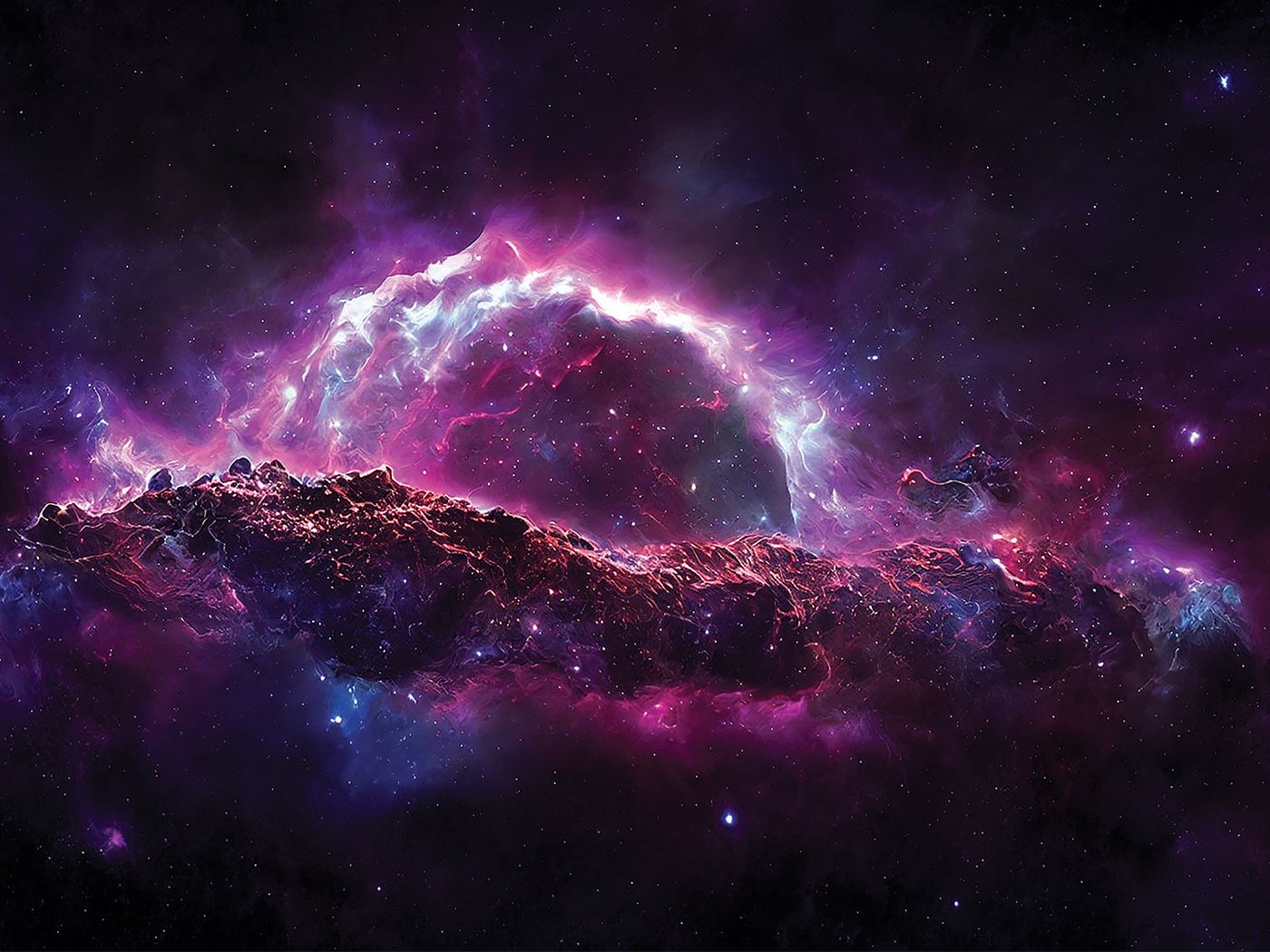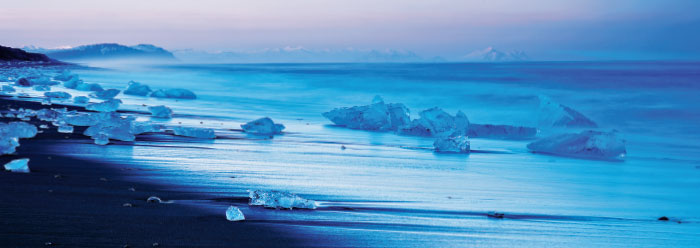Paleontologists recently discovered the partial fossils of two new species of dinosaur just outside of Casablanca. As stated in a Science Direct article, they “report two new abelisaurid fossils from the upper Maastrichtian phosphates of the Ouled Abdoun Basin, in northern Morocco.”1
The University of Bath, England, press release stated:
Both were part of a family of primitive carnivorous dinosaurs known as abelisaurs [a family of ceratosaurian theropod dinosaurs], and lived alongside the much larger abelisaur Chenanisaurus barbaricus, showing that Morocco was home to diverse dinosaur species just before a giant asteroid struck at the end of the Cretaceous, ending the age of dinosaurs.2
Creationists are happy that evolutionists are coming around and seeing that such a sudden burial is the result of a worldwide catastrophe. However, this burial wasn’t the result of an asteroid, but of a worldwide flood about 4,500 years ago.
The Flood is hardly far-fetched. In fact, a parallel article inadvertently describes evidence of a water-based catastrophe. “Dr Nick Longrich, from the Milner Centre for Evolution at the University of Bath, led the study. He said: 'What’s surprising here is that these are marine beds.'"2
Exactly. If these marine beds were the result of the Flood as described in Genesis, then one would not be surprised to find a mixing of terrestrial and oceanic animals. The article continues, “It’s a shallow, tropical sea full of plesiosaurs, mosasaurs, and sharks. It’s not exactly a place you’d expect to find a lot of dinosaurs. But we’re finding them,” stated Longrich.2
ICR’s Brian Thomas stated:
But finding a mixture of fossilized marine and land creatures together is not an unusual occurrence. For example, the famous dinosaur beds in the Morrison Formation at Dinosaur National Monument contain logs, clams, snails, and mammals. And the Institute for Creation Research's front lobby features a juvenile hadrosaur taken from the Two Medicine Formation—a sandstone formation which extends from the east side of the Rocky Mountains eastward to Edmonton, Canada—that was fossilized alongside marine clams and snails, as well as birds, mammals, and other dinosaurs.3
There is a distinct group of people on Earth today that are not surprised—at all—by the common pattern of finding dinosaur fossils in marine beds.4,5,6
So far, the evidence for an asteroid catastrophe isn’t able to provide scientific consensus. As the article stated, “The pattern of the end-Cretaceous extinction and its causes have been debated for over two hundred years.”2
Evolutionist Michael Benton stated in the section ‘Theories of Extinction’ from his book Vertebrate Paleontology,
Over the years, more than a hundred hypotheses have been presented for the extinction of the dinosaurs...From about 1920, dozens of hypotheses were put forward, ranging from the physiological (slipped discs, excessive hormone production, loss of their sex drive) to the ecological (competition with mammals, change in plant food), from the climatic (too hot, too cold, too wet) to the terrestrial catastrophic (vulcanism, magnetic reversal), from the topographic (marine regression, mountain building) to the extraterrestrial (sunspots, cometary impact).7
What is missing from this extensive—and sometimes amusing—list of extinction hypotheses is ironically the most logical and obvious: a worldwide flood. Dinosaur fossils are found entombed in massive layers of sedimentary rock (shale, limestone, sandstone), laid down by running water. These two new abelisaurid fossils are 100% dinosaurs, and their disarticulated condition reflects the brutal effects of this cataclysm. To be sure, some fossils are found in volcanic sediments as well.
Creation geologist Dr. Tim Clarey of ICR said:
The global Flood also answers why dinosaurs were still alive and flourishing until the end of the Cretaceous. At that moment in the Flood, they were likely trying to stay on the highest ground available as waters encroached closer, week by week. As the dry land rapidly disappeared, many species herded together. This explains why varied types of dinosaurs were buried together at the end of the Cretaceous. The Flood’s tsunami-like waves eventually crashed over the remaining dinosaurs and entombed them in what’s called Upper Cretaceous strata.8
Indeed, the “two new species of dinosaur have been found from the end [top] of the Cretaceous in Morocco, just outside of Casablanca.”2
In the last few decades, even evolutionary geologists have reluctantly acknowledged the catastrophic nature of nearly all sedimentary rock units. The evidence of the cataclysmic Flood and the sudden, immediate destruction may inspire fear. But God had “set a bound that they [Flood waters] may not pass over; that they turn not again to cover the earth.”9
References
- Longrich, N. et al. New fossils of Abelisauridae (Dinosauria: Theropoda) from the upper Maastrichtian of Morocco, North Africa. Sciencedirect.com. Posted on sciencedirect.com August 22, 2023, accessed August 29, 2023.
- Press Release. Fossils of “primitive cousins of T. rex” shed light on the end of the age of dinosaurs in Africa. Bath.ac.uk. Posted on bath.ac.uk August 23, 2023, accessed August 29, 2023.
- Thomas, B. Dinosaur Fossil ‘Wasn’t Supposed to be There’. Creation Science Update. Posted on ICR.org April 14, 2011, accessed August 31, 2023.
- Clarey, T. The Holy Grail of Dinosaurs? Creation Science Update. Posted on ICR.org February 19, 2018, accessed September 1, 2023.
- Clarey, T. Marine Fossils Mixed with Hell Creek Dinosaurs. Acts & Facts. 48 (4).
- Clarey, T. Dinosaurs in Marine Sediments: A Worldwide Phenomenon. Acts & Facts. 44 (6).
- Benton, M. 2015. Vertebrate Paleontology. 4th edition. Wiley Blackwell. 262.
- Clarey, T. Flood Buried Dinosaurs with a Bang. Creation Science Update. December 7, 2020, accessed August 31, 2023. 10.
- Psalm 104:9
Stage image credit: Christophe Hendrickx, et al.
* Dr. Sherwin is science news writer at the Institute for Creation Research. He earned an M.A. in zoology from the University of Northern Colorado and received an Honorary Doctorate of Science from Pensacola Christian College.





















